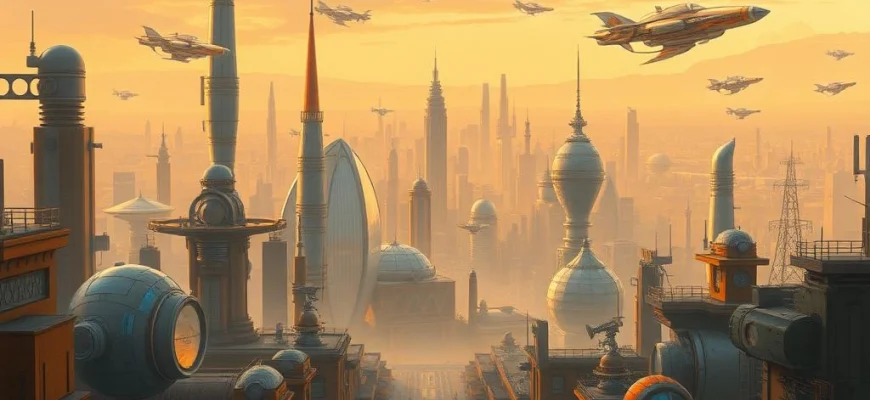If you were captivated by the visionary storytelling of Things to Come (1936), this article is for you. Explore 10 movies and shows that share its themes of futuristic speculation, societal evolution, and grand-scale imagination. Whether you're a fan of classic sci-fi or modern dystopian tales, these picks will transport you to worlds as thought-provoking as H.G. Wells' masterpiece.

Metropolis (1927)
Description: A pioneering science fiction film that explores themes of industrialization, class struggle, and the future of humanity through a visually stunning dystopian cityscape.
Fact: One of the most expensive silent films ever made, with elaborate sets and special effects that were groundbreaking for its time.
 Watch Now
Watch Now 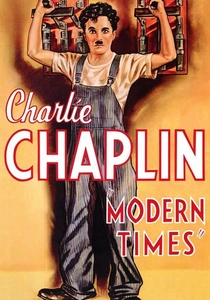
Modern Times (1936)
Description: A satirical take on the dehumanizing effects of industrialization and automation, blending comedy with poignant social commentary about the future of work and society.
Fact: This was Charlie Chaplin's last appearance as the iconic Tramp character, marking the end of an era in silent film comedy.
 Watch Now
Watch Now 
The Shape of Things to Come (1979)
Description: A futuristic narrative that delves into the consequences of technological advancement and societal collapse, presenting a vision of humanity's struggle to rebuild civilization.
Fact: Based on a novel by H.G. Wells, the film was originally intended to be a much larger production but was scaled down due to budget constraints.
 Watch Now
Watch Now 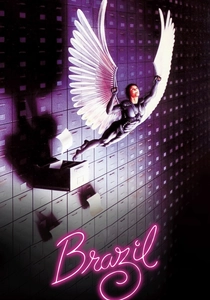
Brazil (1985)
Description: A darkly comedic and surreal depiction of a bureaucratic dystopia, where technology and government control create a nightmarish yet absurd world.
Fact: The film's title was inspired by the song 'Brazil,' which serves as a recurring motif symbolizing escapism from the oppressive reality.
 Watch Now
Watch Now 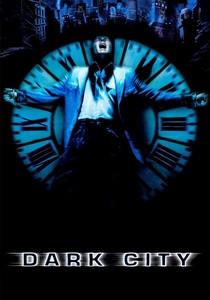
Dark City (1998)
Description: A neo-noir science fiction film that questions the nature of reality and identity, set in a perpetually dark and shifting urban landscape.
Fact: The film was released the same year as 'The Matrix' and shares similar themes, but it was overshadowed by the latter's massive success.
 Watch Now
Watch Now 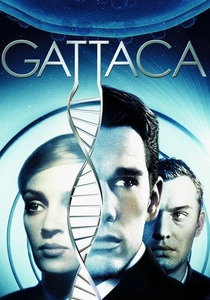
Gattaca (1997)
Description: A thought-provoking exploration of genetic engineering and societal discrimination, set in a future where one's DNA determines their fate.
Fact: The film's title is derived from the letters G, A, T, and C, which represent the four nucleotide bases of DNA.
 Watch Now
Watch Now 
The Truman Show (1998)
Description: A satirical and philosophical examination of reality, media manipulation, and the illusion of free will in a meticulously controlled environment.
Fact: The concept was inspired by an episode of 'The Twilight Zone,' and the film's production design subtly reinforces the artificiality of Truman's world.
 Watch Now
Watch Now 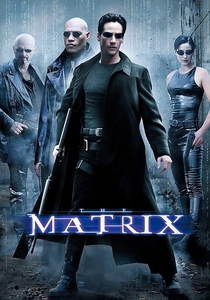
The Matrix (1999)
Description: A groundbreaking cyberpunk film that explores themes of simulated reality, human consciousness, and rebellion against oppressive systems.
Fact: The film's iconic 'bullet time' effect was achieved using a rig of still cameras and advanced computer graphics, revolutionizing visual effects in cinema.
 Watch Now
Watch Now 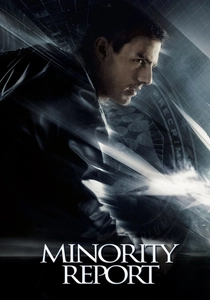
Minority Report (2002)
Description: A futuristic thriller that examines free will versus predestination, set in a world where crime can be predicted and prevented before it happens.
Fact: The film's futuristic technology, such as gesture-based interfaces, was inspired by real-world research and has since influenced actual tech development.
 Watch Now
Watch Now 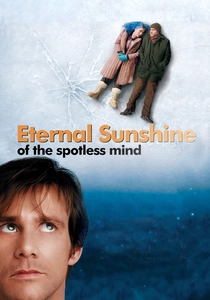
Eternal Sunshine of the Spotless Mind (2004)
Description: A surreal and emotionally charged exploration of memory, love, and identity, blending science fiction with deeply personal storytelling.
Fact: The film's nonlinear narrative and visual style were heavily influenced by the director's background in music videos and experimental filmmaking.
 Watch Now
Watch Now 
